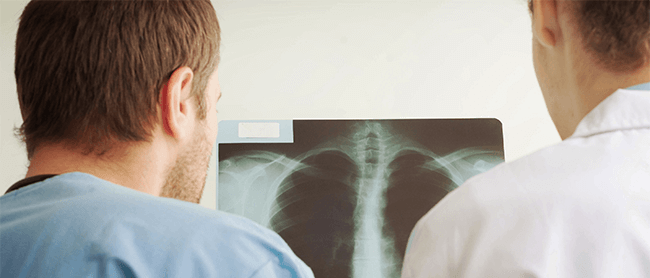Pulmonary rehabilitation (PR) including respiratory muscle training (RMT) was tested to reduce impact on health care resources.
Key Findings
- The impact of COPD on health care resources is rising due to increasing prevalence.
- Patients with frequent exacerbations present the highest burden.
- Pulmonary rehabilitation including respiratory muscle training improved health status of COPD patients, and reduced frequency of exacerbations.
- Pulmonary rehabilitation including respiratory muscle training reduced number and duration of hospitalizations.
- Pulmonary rehabilitation with RMT effectively reduces the impact of COPD on health care resources by reducing hospitalizations.
Study Methods
Pulmonary function, exercise capacity, dyspnea, number of acute exacerbations (AECOPD), and number and duration of hospitalizations of COPD patients were assessed over 1 year in which patients received PR, and compared to the year before in which patients did not receive PR.
Study Results
Dyspnea and exercise capacity were significantly improved after PR. PR reduced the number of AECOPDs by 44%, the number of hospitalizations by 63% and duration of hospitalizations by 55%.
In conclusion, pulmonary rehabilitation including RMT effectively improves disease severity in COPD patients and significantly improves their impact on healthcare resources by reducing both the number and duration of hospitalizations.
References
Rubí M. Effectiveness of pulmonary rehabilitation in reducing health resources use in chronic obstructive pulmonary disease. Arch Phys Med Rehabil. 2010 Mar;91(3):364-8.

0 Comments